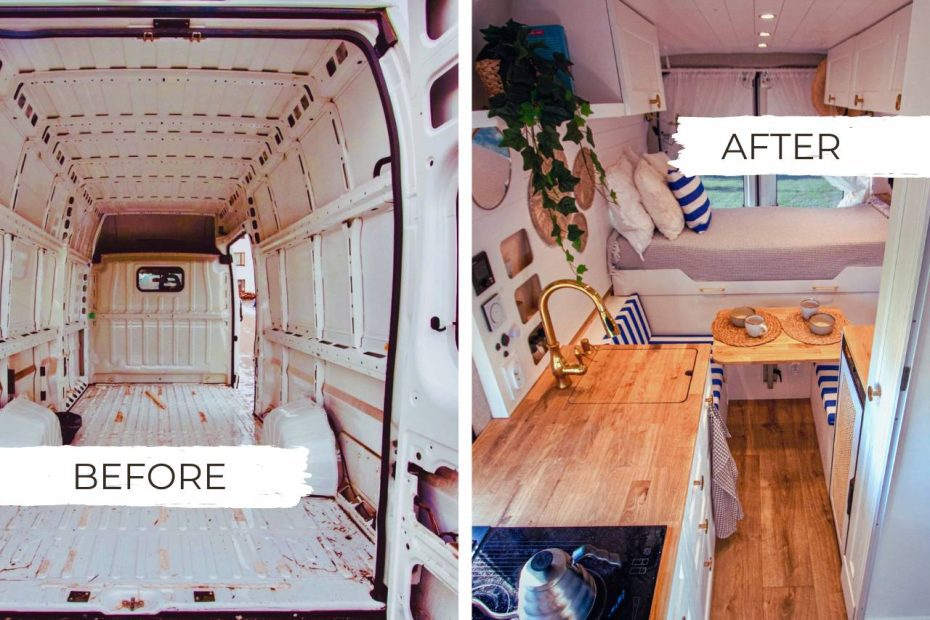Discover an inspiring article to help you realize your dream of camper van build! In our previous article, we provided 12 vital tips, and now we’re sharing even more valuable information.
Learn essential tips for DIY camper van build and embark on the exciting adventure of transforming a van into your dream home on wheels.
From budget estimation to safety considerations and optimal charging methods, our practical advice will guide you effectively.
Get motivated and turn your dreams into reality with our informative article. Start enjoying memorable journeys in your own custom campervan today! Happy reading!

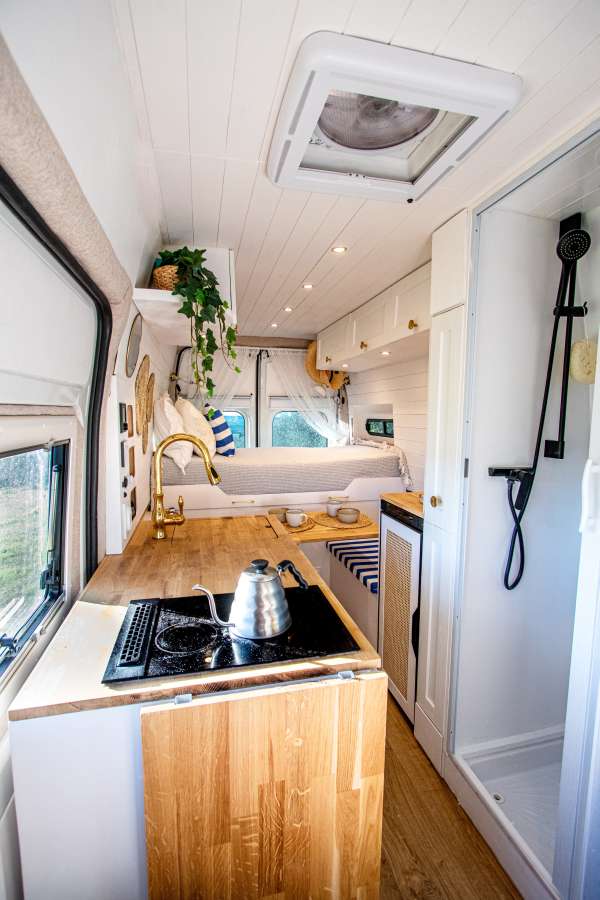
Table of Contents
1. Camper Van Build: Accurately Estimate Your Budget
Prepare for your campervan journey with confidence by understanding and estimating the true budget requirements.
Create a comprehensive list of the top 10 costliest components, exploring both affordable and premium options online. Sum up the minimum and maximum prices for each item, knowing that actual costs tend to align with the upper limit. Use our recommended formula:
Estimated Costs = Minimum Costs + 80% * (Maximum Costs – Minimum Costs)
For instance, if minimum costs are 50,000 USD and maximum costs are 100,000 USD, we recommend securing a budget of at least 90,000 USD (50,000 USD plus 80% of the difference between maximum and minimum costs).
Accurate budget estimation is crucial for successful camper van build, considering potential additional expenses for adaptation and personalization. Maintain a financial buffer and gain a clearer cost perspective, enabling informed decision-making and effective planning.

2. Select the Best Campervan Battery Charging Methods
Discover the optimal ways to charge your campervan battery. Choose from three main options: solar panels, the vehicle’s alternator, or an external power source. While installing all three methods is often recommended, there are two variations to consider:
- For stationary camping, combine charging from an external power source with solar panels. This ensures full battery charging, with solar panels providing independent and network-free charging during extended stays.
- For frequent travel and wild camping (boondocking), combine solar panels with charging from the vehicle’s alternator. Solar panels charge the battery during daytime stops, while the alternator replenishes it while driving. This comprehensive approach ensures a charged battery during both stops and journeys.
When it comes to selecting the right charging methods for your campervan, it all depends on your individual needs and travel style. Consulting with experts in the field will guide you towards the optimal charging solutions, guaranteeing both independence and travel comfort.
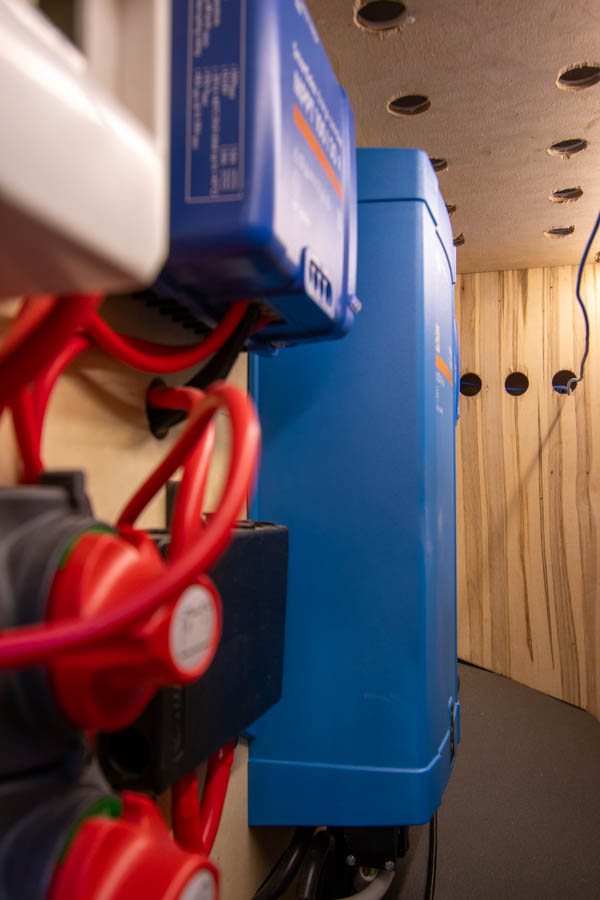
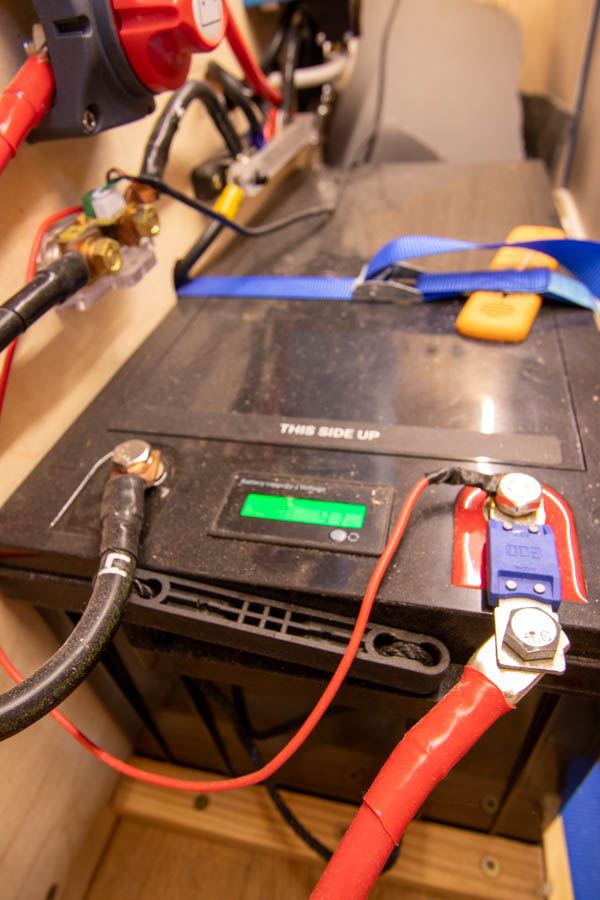
3. Camper Van Build: Strategically Plan Water Drainage
When converting a campervan, careful consideration of water drainage is essential, especially when installing a shower.
Due to uneven terrain, it’s important to position the drain thoughtfully. By allowing water to naturally flow to the lowest point, you can ensure effective drainage and prevent water from accumulating inside the vehicle.
Properly placing the shower tray’s drain is crucial for maintaining hygiene and comfort during your campervan journeys. By meticulously planning the drainage system, you can enjoy hassle-free shower experiences and enhance the overall quality of your campervan lifestyle.
Keep in mind that choosing the appropriate location for the shower drain depends on individual preferences and the specific interior configuration of your campervan.
Properly designing the drainage system in your campervan build project will contribute to maintaining cleanliness and ensuring comfort while using the shower, enhancing the quality of your campervan travels.
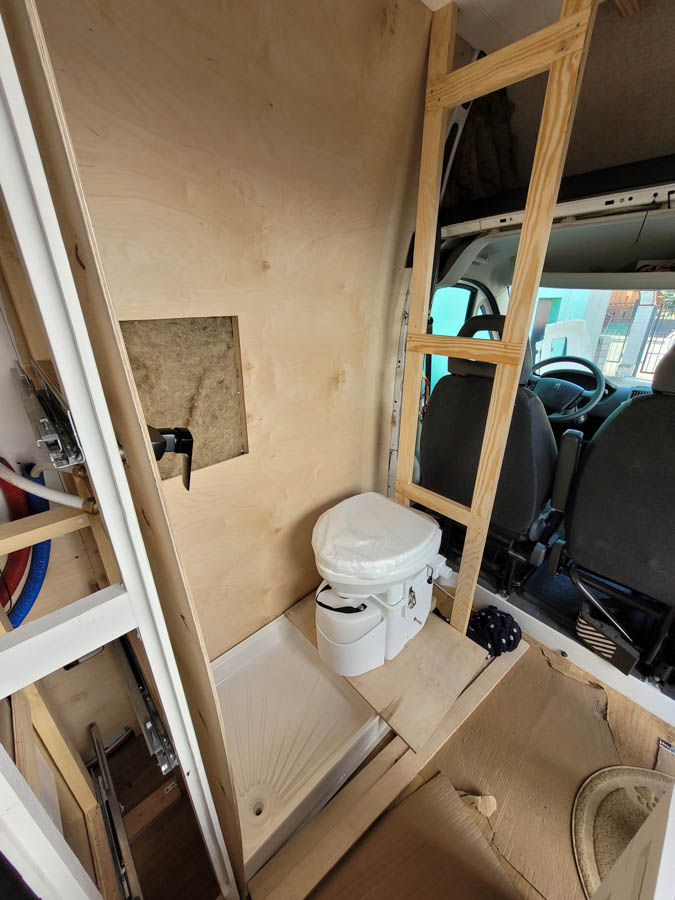
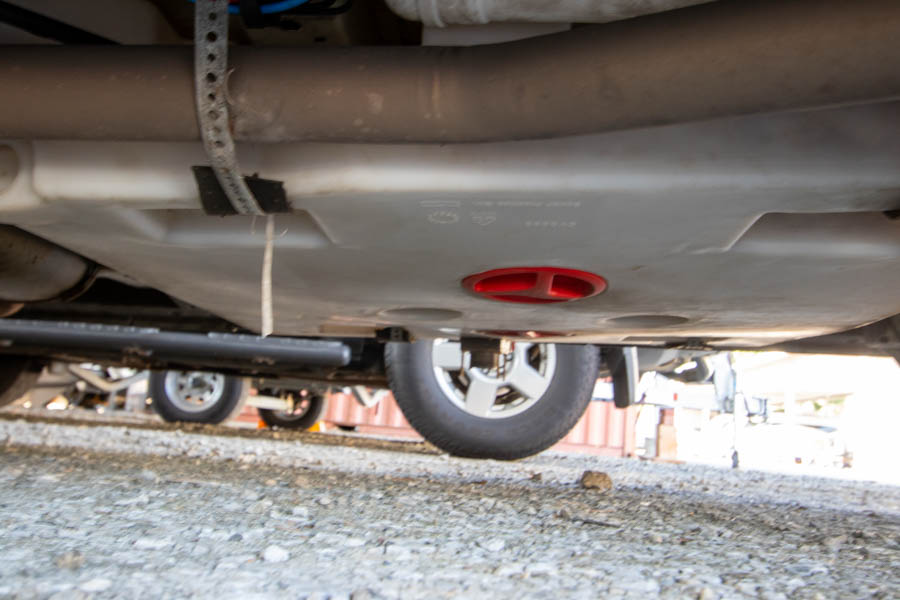
4. Build Your Campervan in a Modular Way
Optimize your campervan project by adopting a modular approach to construction. Similar to building with Lego blocks, this method allows for easy assembly and disassembly of components. Although it requires more effort during the construction phase, it brings numerous benefits in the long run.
The key advantage of this approach is the ease of repairing errors or failures. If one component of the campervan gets damaged, there’s no need to dismantle the entire structure. Simply replace the damaged part or perform the necessary repairs, speeding up the process and reducing costs.
Furthermore, a modular layout allows for greater flexibility and personalization of the campervan interior. You can easily customize the cabinet layout according to your needs by constructing them outside the campervan and then fitting them into the designated spaces. This approach greatly facilitates adapting the space to individual preferences.
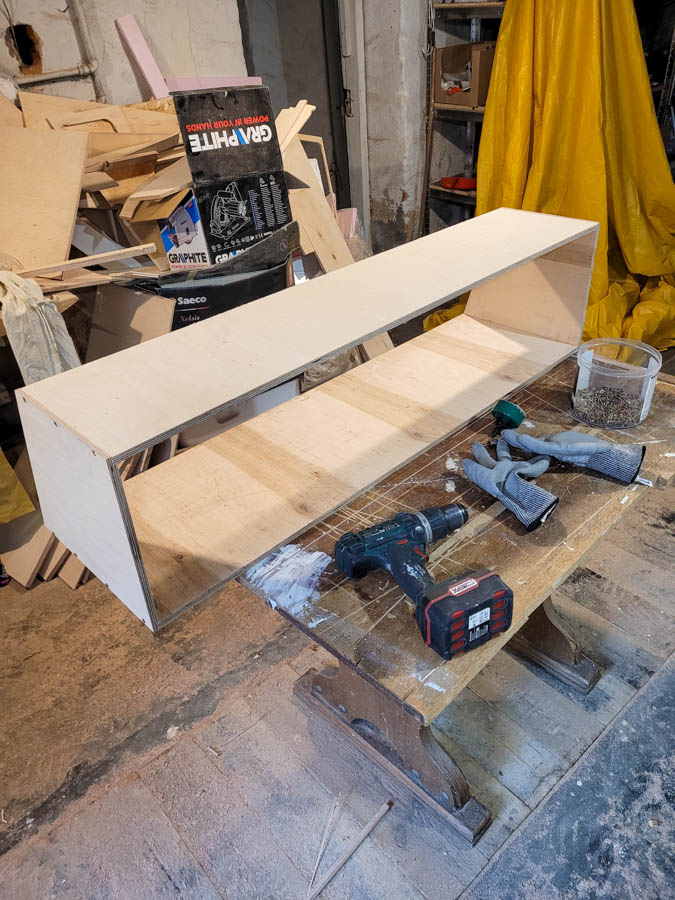
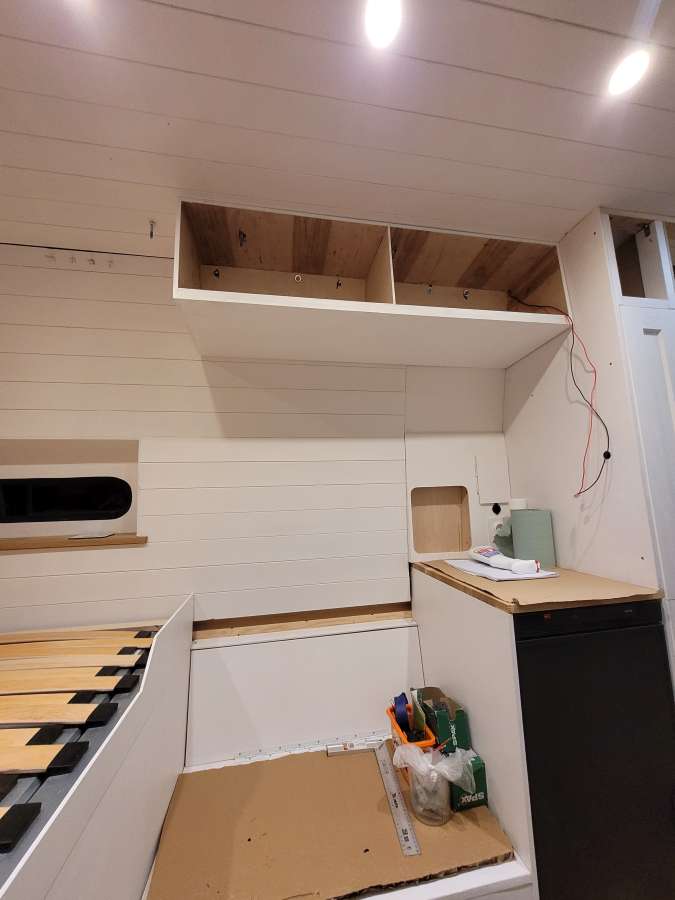
5. Creatively Maximize Space in Your Campervan
Optimizing the space in your campervan is essential to elevate the comfort and functionality of your travels.
By incorporating creative solutions into the interior design, you can make the most of every inch of available space. Consider utilizing foldable countertops and tables that can be easily stowed away when not in use, freeing up valuable space.
To maximize storage, explore additional compartments and organizers that can fit into small corners and niches. Installing shelves, drawers, or baskets will help keep your belongings organized and easily accessible throughout your journey.
Remember, personalization is key when it comes to optimizing space in your campervan. Tailor the design to suit your unique needs and preferences, allowing for a customized and efficient layout.
With innovative and creative approaches, you can transform your campervan into a functional and comfortable haven for your adventures.
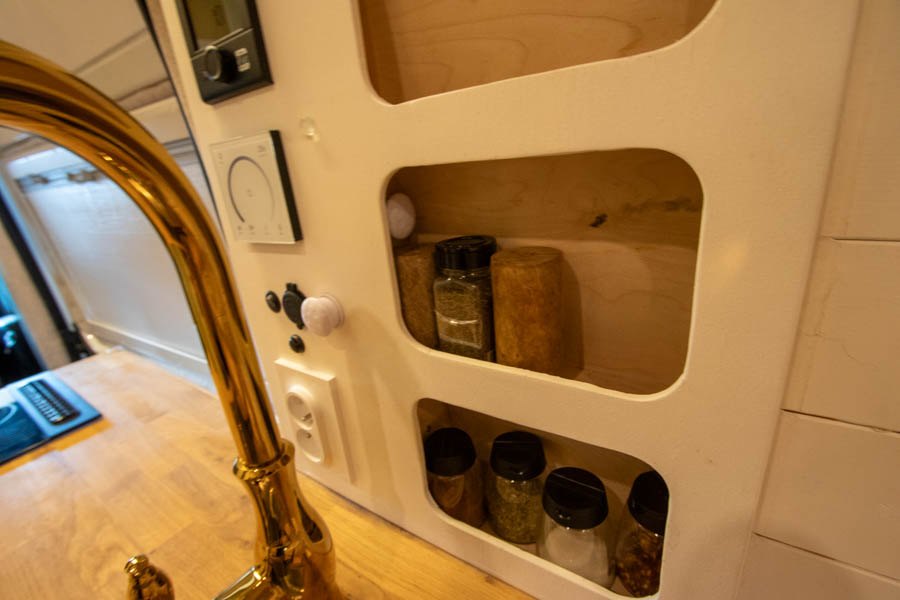
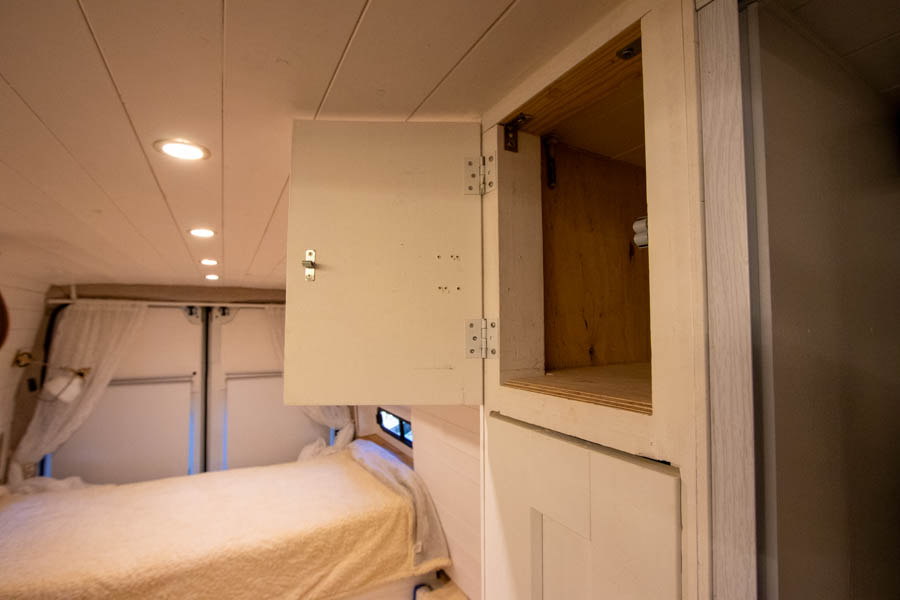
6. Consider Gas Cylinder Placement in Your Campervan Carefully
When converting a campervan, it’s crucial to carefully consider the placement of the gas cylinder. While many opt for installing LPG cylinders inside the vehicle, an alternative solution worth exploring is installing a tank underneath the chassis.
This not only saves valuable interior space but also allows for larger capacity cylinders, up to twice the size of traditional installations. Furthermore, refueling becomes easier at gas stations, as refusals are less likely with this type of setup.
Consider a permanent outlet connection for refueling, similar to car LPG systems, to simplify the process and enhance convenience during your travels.
Additionally, when crossing borders and visiting different countries, having the appropriate adapters for the specific LPG systems used is essential. Investing in a comprehensive set of accessories ensures optimal functionality and flexibility when utilizing the LPG system in your campervan.
To ensure a safe and comfortable campervan experience, it’s advisable to consult with experts or delegate the task of LPG tank installation and system preparation. Their expertise guarantees proper execution, providing you with peace of mind on your journey.
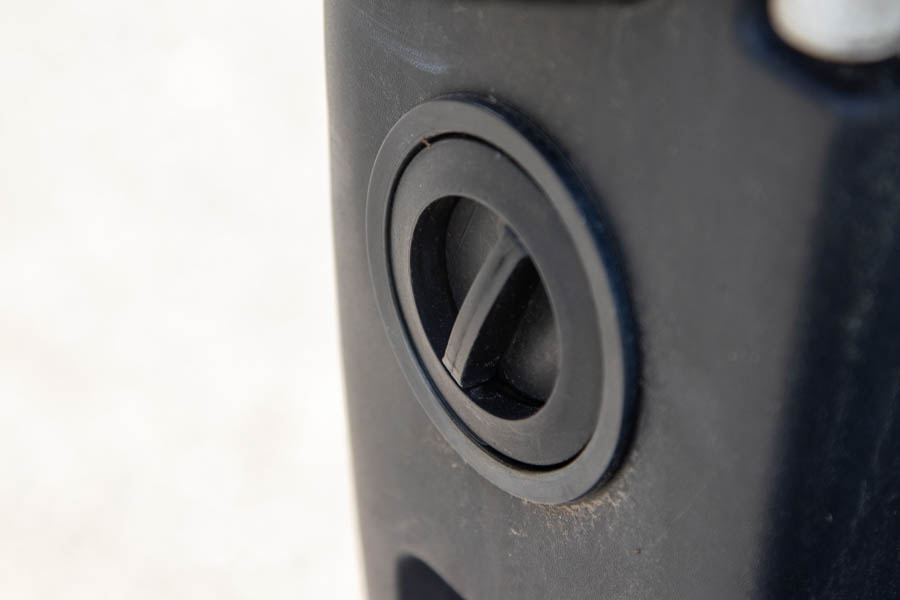

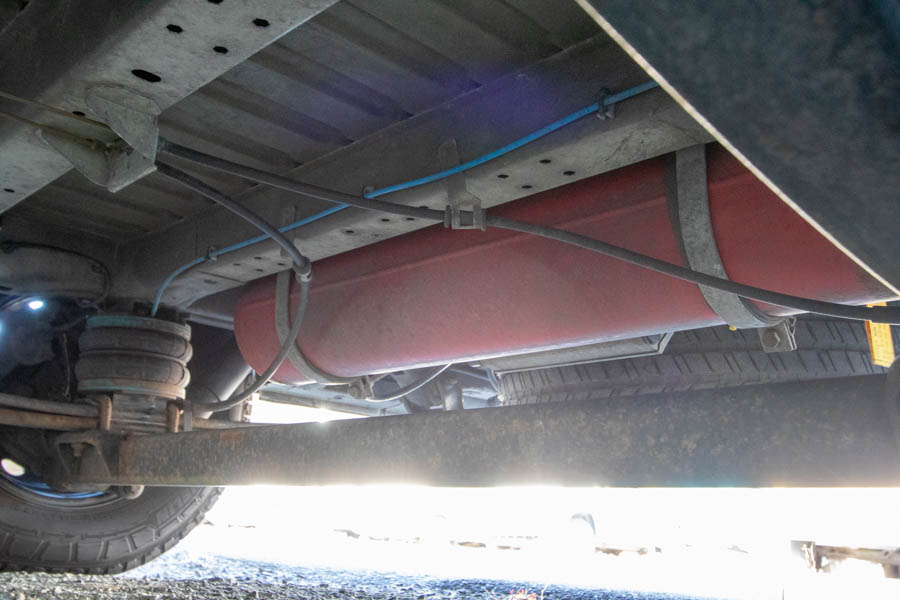

7. Camper Van Build: Plan the Placement of Electrical Sockets
Carefully plan the placement of both 12V and 230V power outlets during your camper van build. Consider the locations where you’ll use your laptop, charge your phone, operate the refrigerator, and whether additional outlets are needed near the kitchen counter for various devices.
Taking these aspects into account will prevent tripping hazards and ensure convenience while using your campervan. Strategically placing outlets and providing adequate power supply will allow for easy use of electrical devices inside the campervan.
Additionally, it’s important to organize the cables properly to avoid unsightly clutter and facilitate finding the right connection. You can use cable management channels or conceal the cables behind cabinets, enhancing the interior aesthetics and ensuring smooth functionality.


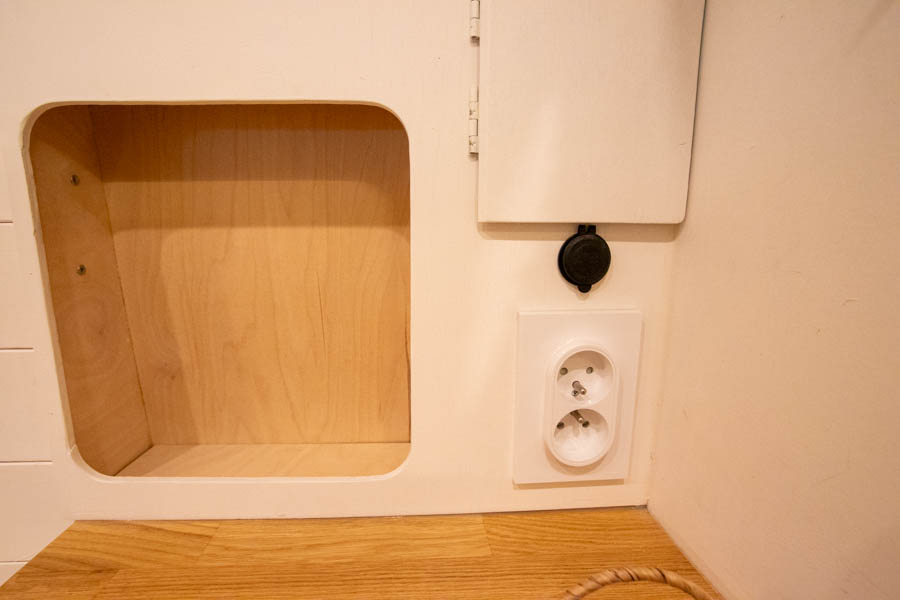

8. Optimize Campervan Safety for a Secure Journey
When converting a campervan, it’s crucial to prioritize safety and take necessary precautions. Enhance the factory-installed security features by considering additional measures such as robust locks, interior cameras, and window security enhancements. These steps will provide increased protection against intrusions and theft, ensuring peace of mind during your travels.
In addition to physical security, don’t forget to secure your campervan with comprehensive insurance coverage. A tailored insurance policy will safeguard your investment and belongings, offering financial protection in the event of theft or loss.
By optimizing campervan safety, you can embark on your journey with confidence and focus on the excitement of exploration. Prioritize your peace of mind by implementing effective security measures and choosing the right insurance coverage for your needs.
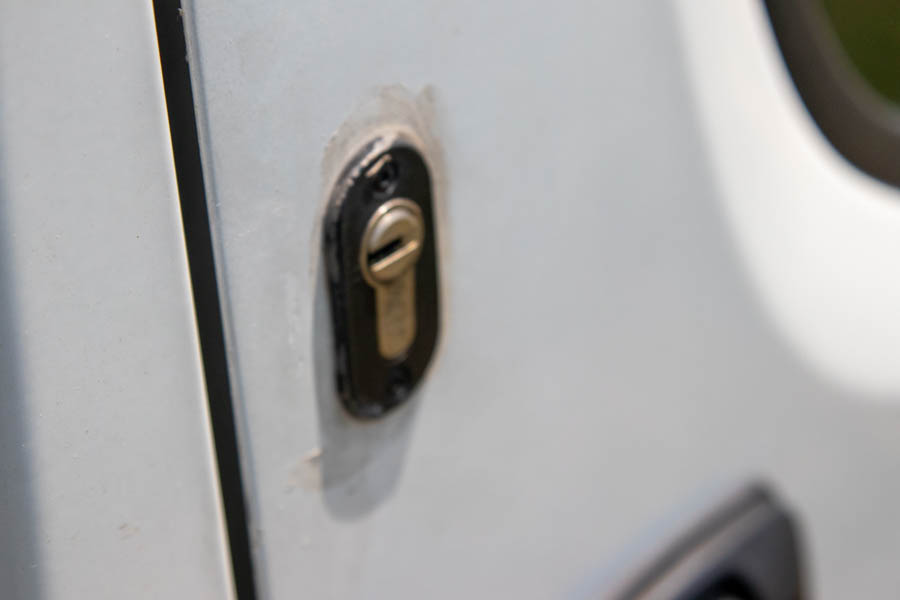

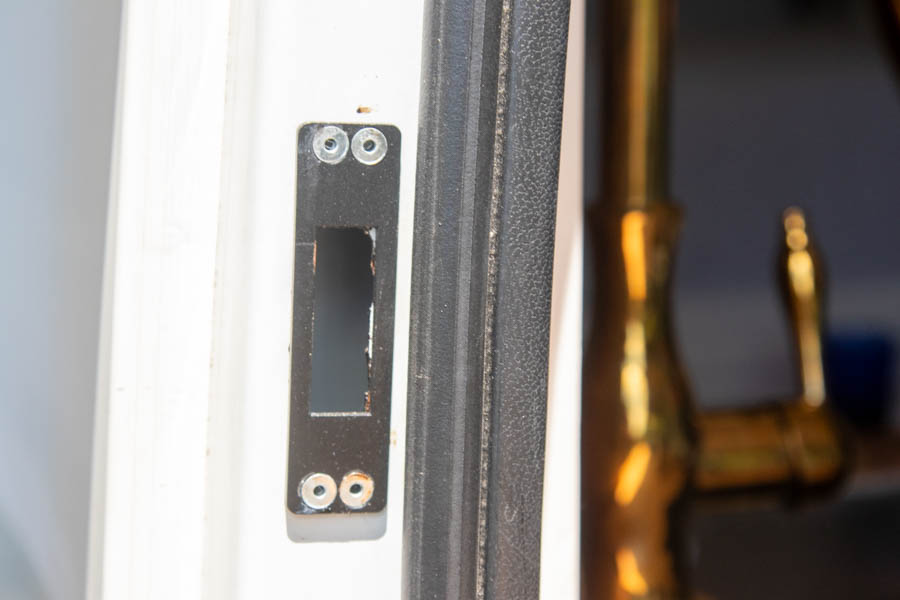

9. Camper Van Build: Utilize 3D Software for Design and Mock-up
One of the most effective ways to ensure a successful camper van build is by utilizing 3D design software. SketchUp, a free program, offers powerful tools for designing the entire campervan and its individual components in a three-dimensional space. This allows for precise planning and visualization of every detail.
However, virtual design alone may not be enough. Taking it a step further, creating physical mock-ups or prototypes using cardboard or other materials is highly recommended. These tangible models enable the evaluation of proportions, functionality, and user comfort, helping to identify and address any potential issues before construction begins.
By incorporating 3D design software and physical mock-ups, you can streamline the conversion process, minimize errors, and save valuable time and resources. This approach ensures that the campervan is meticulously designed to meet your needs and provides a solid foundation for a successful conversion project.


10. Optimize Your Campervan for Work and Travel
When building your campervan, it’s important to consider whether it will serve as a workspace in addition to a travel vehicle. By making this decision upfront, you can tailor your construction plans to accommodate both needs effectively.
Creating a comfortable and functional workspace is crucial for productivity on the road. Ensure you have a comfortable seating arrangement, a sturdy desk or table, and adequate lighting for optimal working conditions.
Additionally, reliable internet access is essential for staying connected and getting work done. Consider investing in a stable mobile internet solution or researching Wi-Fi options at campsites and co-working spaces along your journey.
To sustain your work hours, prioritize a robust power setup. Choose a high-capacity battery system that can support your laptop and other electronic devices without frequent recharging. Solar panels or a secondary power source can also help extend your energy supply during off-grid adventures.
Efficient storage solutions are essential for keeping your work equipment organized and easily accessible. Incorporate dedicated compartments for your laptop, cables, and other work essentials, ensuring everything has its place and remains secure while on the move.
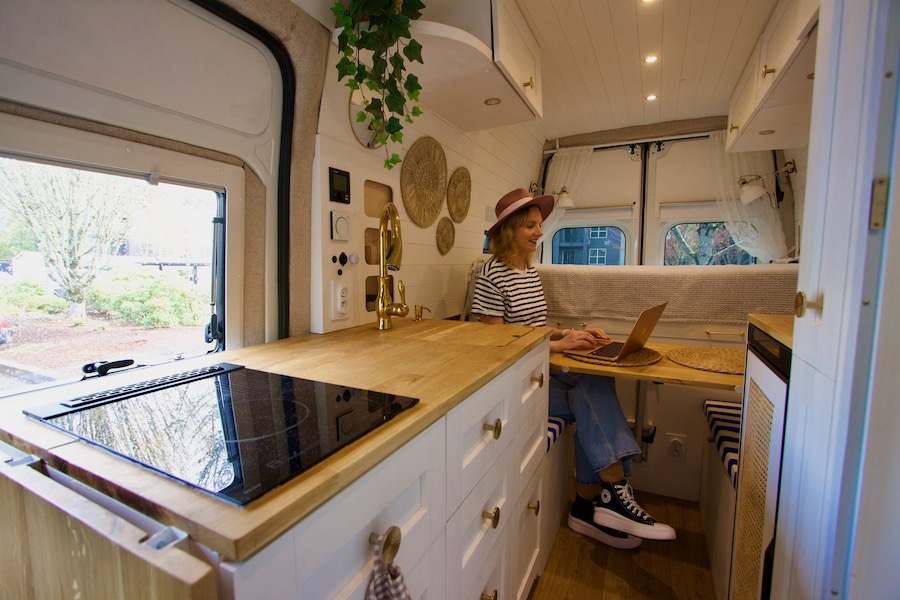



11. Perform Tests During Camper Van Build
To ensure the safety and quality of your campervan, it is crucial to conduct thorough tests throughout the construction process. These tests should be performed after completing each stage of the van build.
By carefully checking the functionality of electrical connections before concealing them with paneling, and ensuring the watertightness of plumbing installations, you can detect and rectify any issues early on.
Regular testing plays a vital role in preventing unforeseen problems. It allows for timely identification of errors or malfunctions, enabling prompt adjustments and repairs without the need for extensive dismantling. By addressing issues such as inadequate cable connections or water leaks in a timely manner, you can avoid costly and time-consuming rework.
By prioritizing regular testing during camper van build, you enhance safety, reliability, and user comfort. All systems and installations will be thoroughly evaluated, guaranteeing optimal performance and peace of mind during your future adventures.
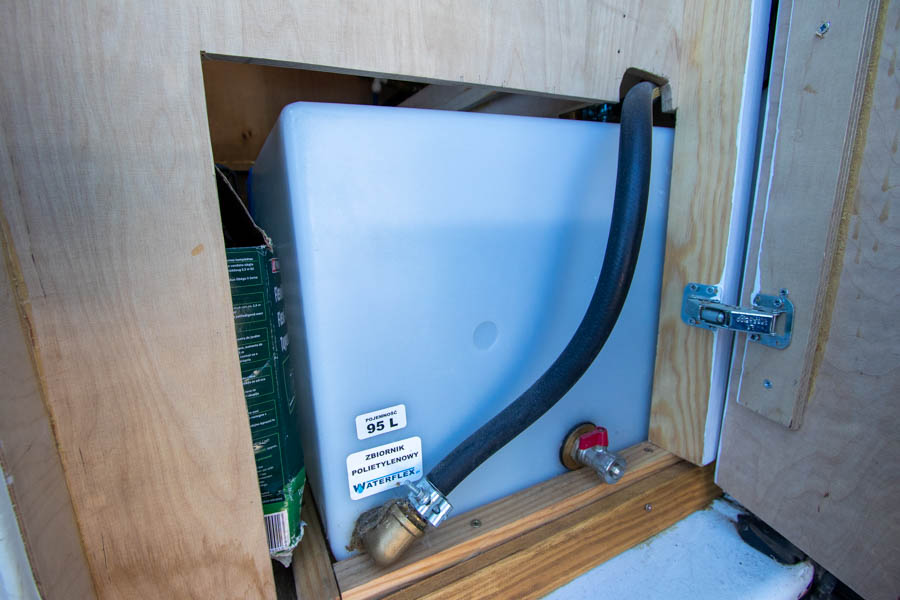

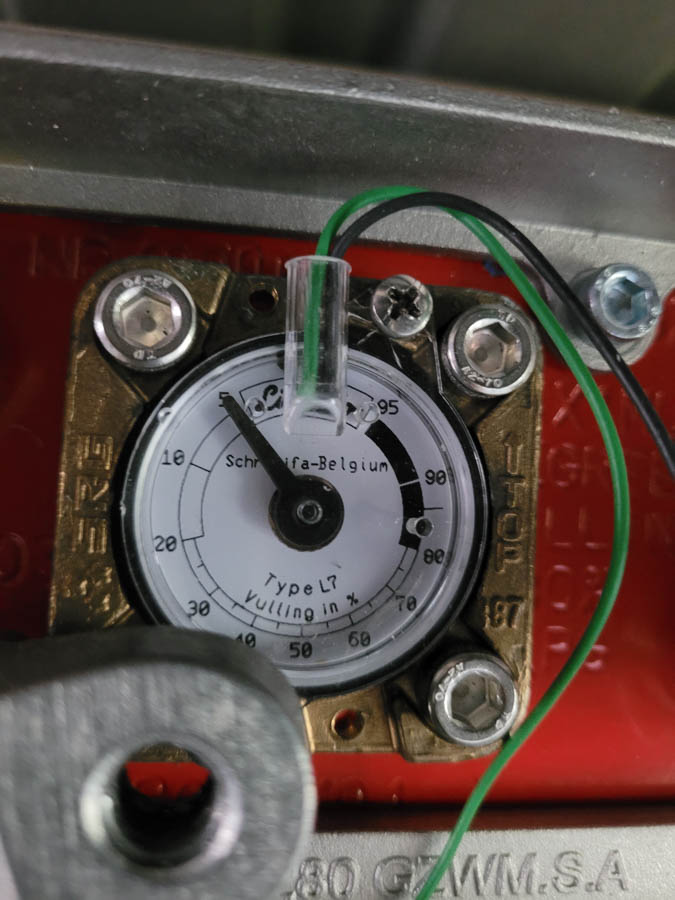

12. Engage Helpers in Camper Van Build
Building a campervan is a significant undertaking that requires ample effort. To expedite the process, consider involving skilled individuals like your handy brother-in-law or experienced seamstress mother. Certain tasks, such as fitting the ceiling or installing heavy cabinets, may necessitate additional assistance.
Engaging helpers offers numerous benefits. Firstly, it allows for a more streamlined workload distribution, resulting in faster construction progress.
Secondly, their diverse skill sets contribute specialized expertise, ensuring superior outcomes. Additionally, working together on the campervan project strengthens family bonds and provides quality bonding time.
Remember to communicate effectively and establish clear expectations with your helpers. By harnessing their skills effectively, you can collaboratively bring your campervan dream to life.
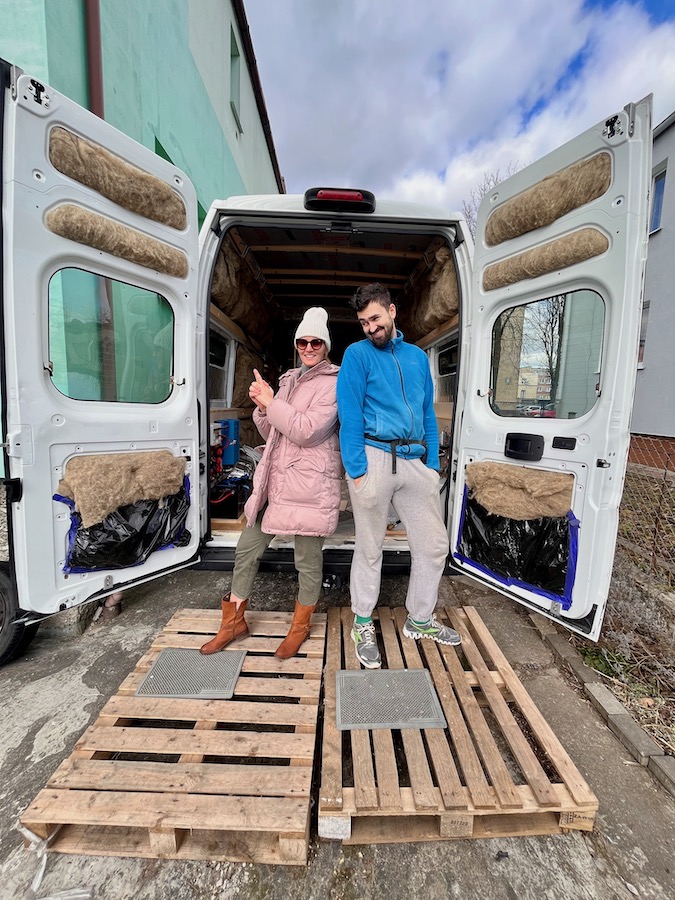

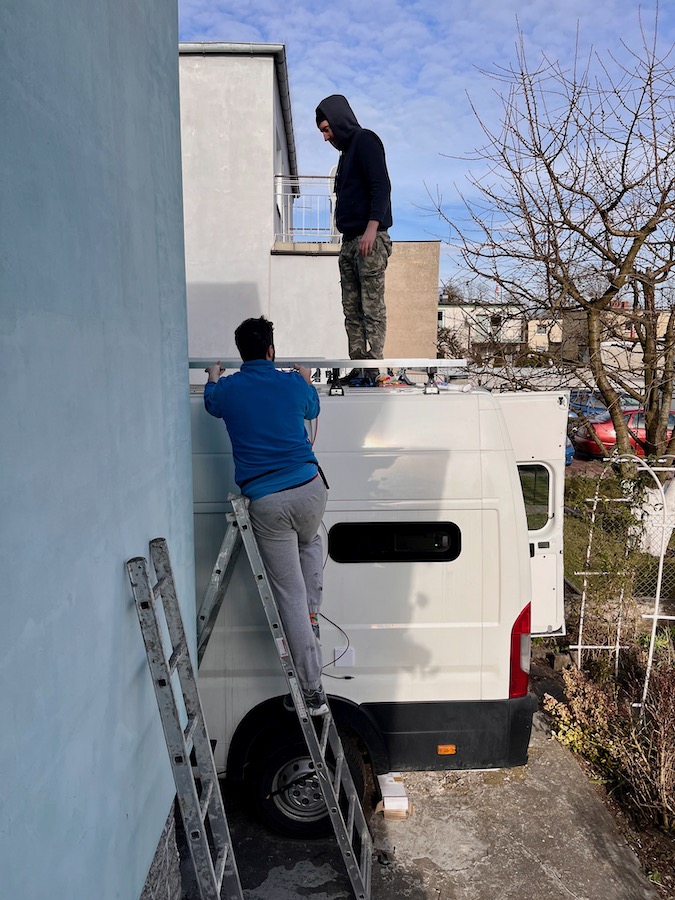

Summary
Building a DIY camper van is an exciting and fulfilling journey that requires time, patience, and commitment.
If you’re driven by the desire to create your own dream home on wheels, you can turn that vision into a reality. We hope that the tips provided above have sparked your inspiration and equipped you with valuable insights.
Don’t hesitate to share this article with your friends and spread the motivation to embark on their own camper van projects.
If you’re currently building your own camper, we invite you to share your experiences below and let’s inspire each other on the path to fulfilling our dreams!


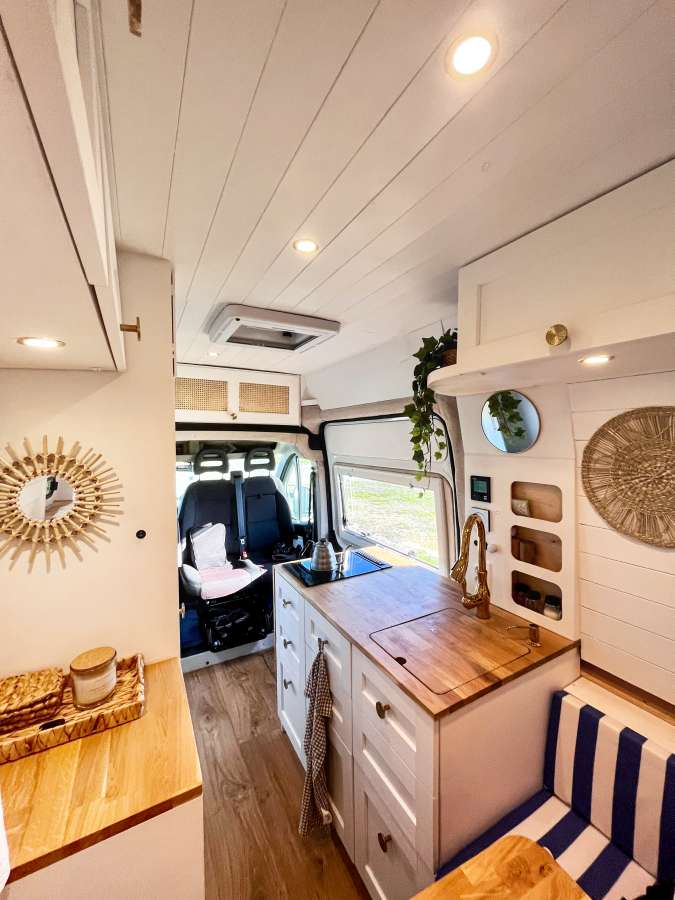

More articles you might be interested in:
